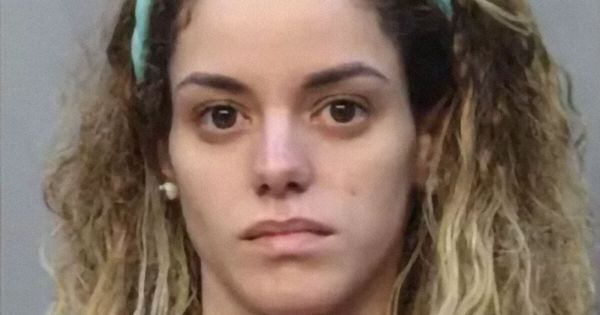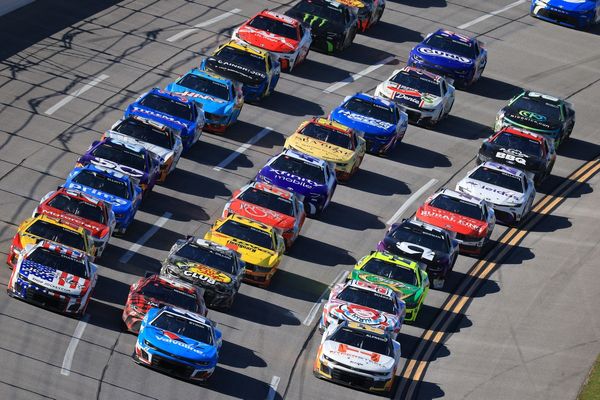
Average bus speeds in London have reached a ten-year low. Despite promises and targets to speed buses up, no progress has been made.
The obvious problem is, buses are stuck in traffic. But there is a little-known rule about traffic management: if you give traffic more space, it doesn’t speed it up, you just get more traffic. Attempts to tackle congestion by adding in more road lanes fail, for example, because more traffic fills up the new lanes.
For a while congestion reduces but soon enough more drivers see the benefits and eventually traffic returns to its previous level. Congestion remains the same.
In other words, measures which have the intention of smoothing traffic, in fact end up increasing traffic. Evidence shows that any measure which creates more capacity for general traffic, ends up increasing the volume of traffic, with no long-term benefit to traffic speeds. This is known as “induced traffic”.
TfL’s most recent attempt to speed up buses exposes a lack of understanding of this rule. They announced that settings on thousands of traffic lights in London are to be changed in a bid to tackle the chronic decline in bus speeds (as revealed by this newspaper). This amounts to enabling more traffic to travel through a green light. For a short while, there may be a small benefit in terms of traffic speeds, but soon enough, “induced traffic” will mean it will be back to previous wait times.
The problem for buses is that, at most junctions, they are usually travelling in with all the other traffic. So there will be little or no benefit for buses in the long term.
Changing traffic signals is tinkering around the edges of a much bigger problem: congestion. Unless bus lanes are built into junctions and buses are genuinely prioritised over general traffic, there will likely be little or no long-term increase in bus speeds with the proposed signal changes.
Even more worrying, instead, more traffic will simply mean more danger for people who are walking, wheeling and cycling – the exact opposite of the Mayor's Vision Zero policy. In 2024 provisional data from TfL shows there were 130 deaths on roads in Greater London and nearly two-thirds of those killed (58%) were people walking or cycling. This is the highest proportion since detailed records began in 2005 and shows how vital it is to prioritise the safety of those who are most vulnerable on our roads, particularly at junctions where a high proportion of collisions happen.
Happily, TfL has also announced the introduction of lane rental schemes to reduce the impact of roadworks on bus speeds, which are very much welcome, and which should have an impact.
In the meantime, the Mayor needs to take much stronger action on bus priority: removing parking, extending bus lane hours so they are 24/7, introducing bus gates where only buses are allowed through a stretch of road, and ‘blue paths’ where general traffic is held behind the bus.
Much stronger action is needed all round, in fact. This presentation from Clean Cities Campaign shows the (lack of) progress in meeting London’s Transport Targets.
Alice Roberts, Head of Campaigns, CPRE London. The Campaign to Protect Rural England London is part of the London Healthy Streets Scorecard coalition







